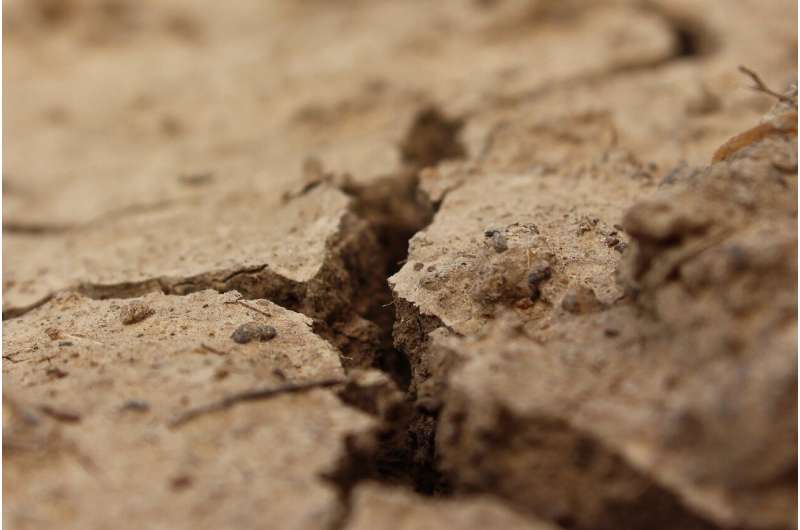Effect of afforestation on soil fungal community structure is greater than spatial distance

Afforestation is an important strategy to enhance terrestrial carbon sink. It alters regional landscapes and affects microbial processes in soil ecosystems. In particular, soil fungi, which play an important role in carbon and nitrogen cycling, could be greatly affected. However, at a watershed scale, the changes of soil fungal communities under afforestation could not only be influenced by host plant and soil environment, but also by spatial distance. How to distinguish the sources of the influences is particularly important.
Researchers from the Northwest Institute of Eco-Environment and Resources (NIEER) of the Chinese Academy of Sciences (CAS) conducted a study by investigating the impacts of afforestation on the diversity and structure of soil fungal communities in Nanliu River Basin.
They analyzed the effects of afforestation in paddy field and upland field on soil fungal diversity and community structure in eucalyptus plantation, paddy field and upland field in Nanliu River Basin, and explored the main sources of soil fungal community change by considering spatial distance factors in upper, middle and lower reaches of the Basin.
According to the researchers, the two afforestation methods had little effect on soil fungal diversity while could significantly change the structures of soil fungal communities in the Basin.
With the transition from paddy fields and dry land to eucalyptus forests, the dominant group of soil fungi changed from Ascomycota to Ascomycota and Basidiomycota. Fusarium, Westerdykella, Zopfiella and Scleroderma were the most sensitive fungal general affected by forestation.
Additionally, paddy field afforestation caused more changes in fungal community structure than dryland afforestation due to agricultural planting pattern and soil moisture environment.
Spatially, the significant change of soil fungal community structure in the upper reaches was mainly reflected in the transformation from dry land to eucalyptus forest, while presented in the middle reaches was from paddy field.
However, afforestation had a greater impact on soil fungal community structure than spatial distance.
This study confirms that the heterogeneity of fungal community structure under afforestation at watershed scale is mainly affected by land use pattern before afforestation, and the spatial heterogeneity is only a secondary factor.
These results could contribute to the further understanding of the ecological and geographical responses of soil fungi under afforestation, and as a result be useful to the systematic assessment of land-use policies.
This research has been published in the Journal of Environmental Management.
More information: Yuanyuan Xue et al, Shift of soil fungal communities under afforestation in Nanliu River Basin, southwest China, Journal of Environmental Management (2021). DOI: 10.1016/j.jenvman.2021.114130
Journal information: Journal of Environmental Management
Provided by Chinese Academy of Sciences





















